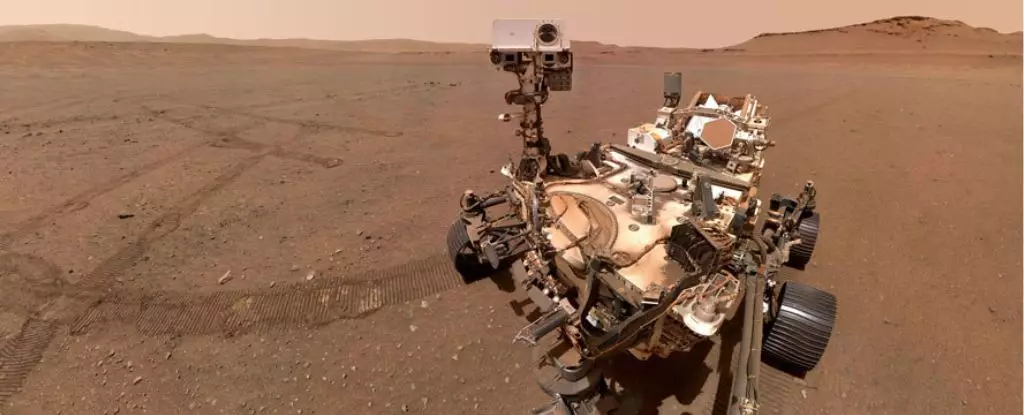It was a momentous occasion when the Perseverance rover was launched in July 2020, embarking on its journey to Mars. After a seven-month journey, it successfully landed on the Red Planet in February 2021, using advanced technology like parachutes, retrorockets, and a sky crane for a safe touchdown. The mission was clear – to explore the geology, climate, and atmosphere of Mars, with a particular focus on the Jezero Crater.
The Jezero Crater was selected as the landing site for Perseverance due to its intriguing geological history. Once home to an ancient lake, this location holds the potential to uncover evidence of past life on Mars. By studying the rocks and terrain of the crater, scientists hoped to find clues about the evolution of life and ancient environmental conditions on the planet.
Over the course of its 1000-day exploration, Perseverance collected 23 samples from various geological areas within the Jezero Crater. These samples, including the notable ‘Lefroy Bay’, contained materials like fine-grained silica and phosphate, which are indicative of past life processes. The presence of carbon in the samples also provided valuable insight into the environmental conditions when the rocks formed.
Navigating a vast area like the Jezero Crater, spanning 45 kilometers, presented challenges in selecting sample collection sites. Perseverance utilized tools like the abrasion tool and the Planetary Instrument for X-ray Lithochemistry (PXL) to analyze the rocks and identify potential signs of ancient life. Despite the rover’s incredible capabilities, detecting definitive evidence of past life on Mars has remained elusive.
As Perseverance continues its mission on Mars, scientists remain hopeful that the rover will uncover more clues about the planet’s past and the potential for ancient life. The perseverance and dedication of the team behind the rover showcase the ongoing efforts to unravel the mysteries of Mars and pave the way for future human exploration of the Red Planet.
Overall, the journey of the Perseverance rover represents a significant milestone in our quest to understand the history of Mars and the potential for life beyond Earth. While the search for ancient life on Mars may not have yielded conclusive results yet, the perseverance and determination of the scientific community drive towards new discoveries and insights that may one day change our understanding of the universe.


Leave a Reply